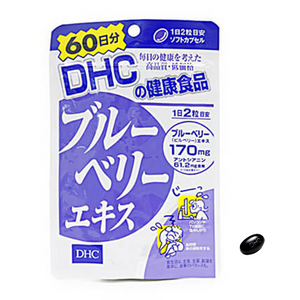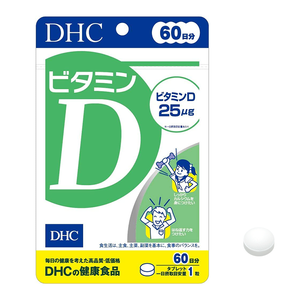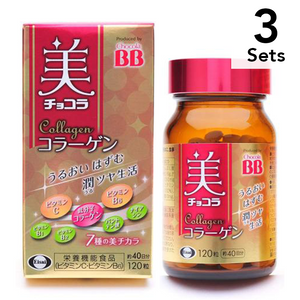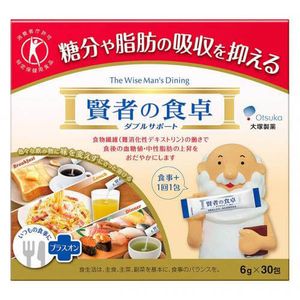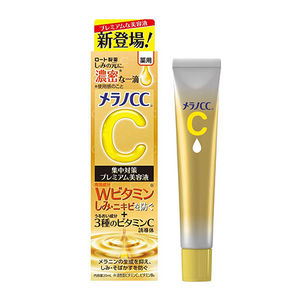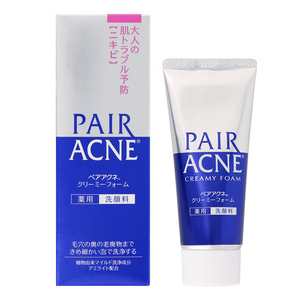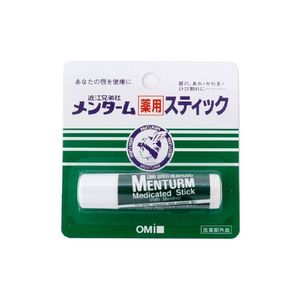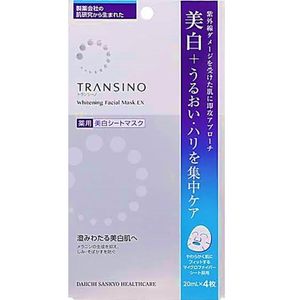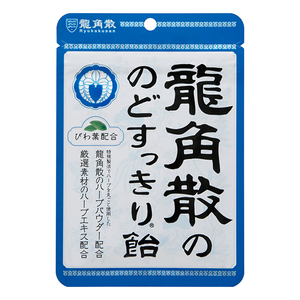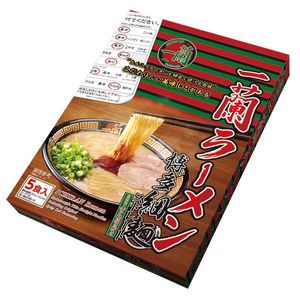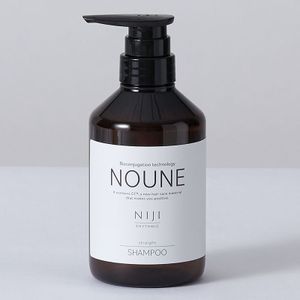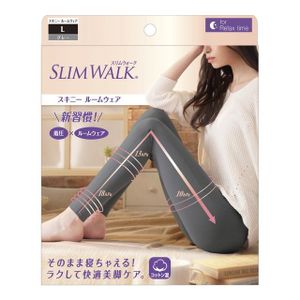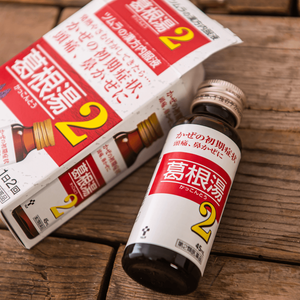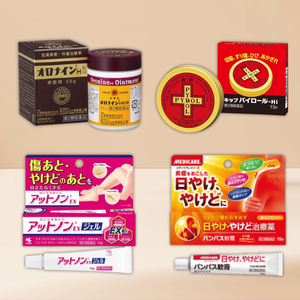Guide to Japanese Purchase Proxy, Consolidation, and Cross-border E-commerce Services
The Benefits of Japan Shopping Purchase Proxy, Consolidation, and Cross-border E-commerce for Overseas Customers
Want to buy Japanese products but feeling uneasy about using a purchase proxy service? Confused about complicated pricing calculations and how shipping costs are determined? Did you know that there are ways other than using a purchase proxy service to buy products from Japan? What are the differences between Japanese proxy services, consolidation (package forwarding services), and cross-border e-commerce? How should you choose? This article provides a comprehensive explanation of all your questions about purchasing Japanese products through a proxy service!
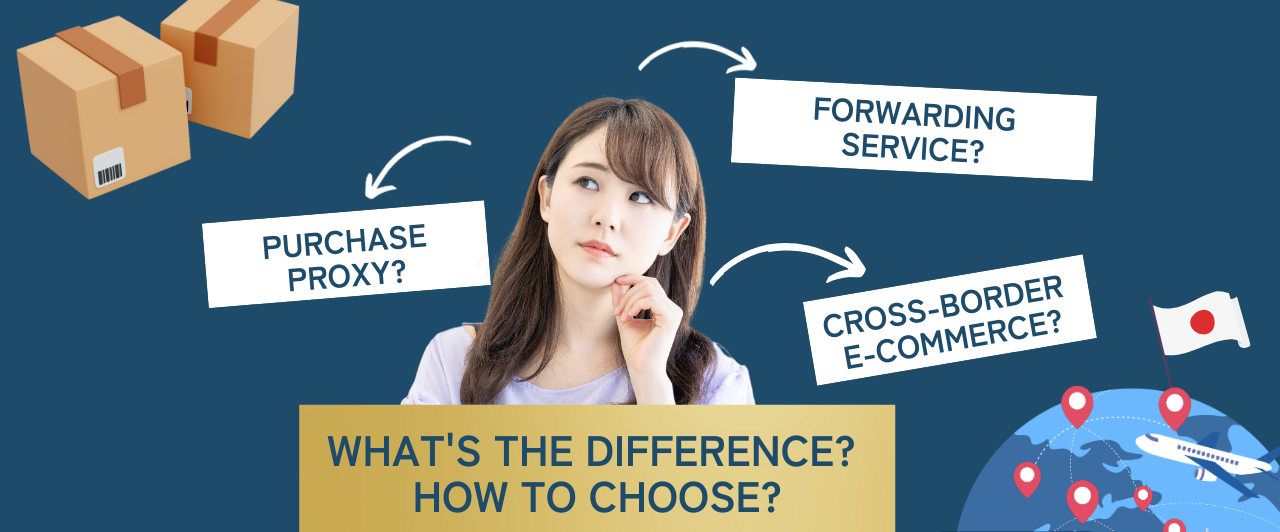
Table of Contents
It's Not Just Purchase Proxy! Introducing 3 Routes for Buying Japanese Products
When purchasing Japanese products, it's not only the purchase proxy service you can use. There's also "Japanese Cross-border E-commerce," which is almost the same as domestic shopping, and "Japanese Consolidation," where you order from Japanese sites yourself and only get help with packing and shipping. Solve issues related to purchase proxy services with these various services and acquire Japanese products more easily, quickly, and cost-effectively!
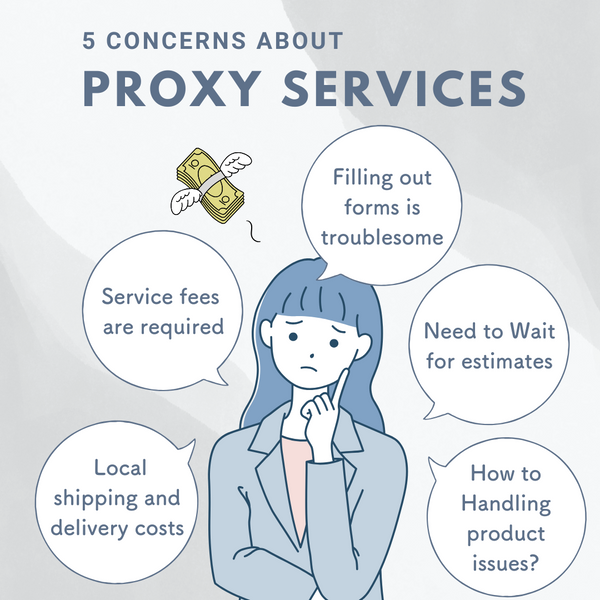
What's the Difference between Purchase Proxy Services, Japanese Consolidation, and Cross-border E-commerce?
What are the distinct features and differences of purchase proxy services, Japanese consolidation, and cross-border e-commerce? Here, we summarize the purchase steps, fee calculation methods, pros and cons, and recommended users for each option! Let's find the Japanese online shopping service that suits you best!
\No Proxy or Packaging Fees/
DOKODEMO's Cross-border E-commerce Initiatives
Route 1: Purchase Proxy Service
What is a Purchase Proxy Service?
A purchase proxy service assists overseas consumers in buying region-specific Japanese products. It's particularly useful for products that can't be purchased directly through online platforms, such as limited edition anime goods, fashion items, electronics, and everyday products. Since many Japanese websites do not directly provide shopping, payment, or shipping for international customers, proxy services become a convenient option. Proxy companies or individual agents (hereafter referred to as agents) place orders on behalf of consumers on Japanese websites and handle the entire process from purchasing to shipping.
Purchase Steps of a Proxy Service
The general flow for using a purchase proxy service includes the following steps:
- Find a Product: Locate the desired product on major Japanese e-commerce platforms, auction sites, or official brand websites, and take note of the details.
- Register & Submit Product Info: Enter information for the product you wish to buy (product URL, name, quantity, etc.) and submit it to the agent.
- Receive Cost Estimate: The agent provides an estimate, including product price, domestic shipping, service fees, and international shipping.
- Order and Pay Deposit: After the customer confirms the order and makes a partial payment, the agent places the order in Japan.
- Warehouse Arrival: The product arrives at the agent's warehouse in Japan, where it is inspected and packaged.
- Pay Remaining Balance & Ship: Pay any remaining fees (including any price adjustments or shipping fees), and arrange international shipping to your country.
Cost Calculation for Purchase Proxy Service
The cost for a purchase proxy service primarily consists of the following components:
| Cost Item | Details |
|---|---|
| Product Price | Actual price of the product purchased by the agent. |
| Domestic Shipping in Japan | Cost of shipping the product from the Japanese seller to the agent's warehouse. |
| Proxy Service Fee | Fee for the proxy service, usually calculated as a percentage of the product price, with some being fixed fees. |
| International Shipping | Cost of shipping the product from Japan to the destination country, typically based on weight, size, and destination. |
| Domestic Shipping in Destination | Cost of shipping the product from the warehouse in the destination country to the consumer-specified address. |
| Payment-related Fees | Fees incurred when using credit cards or other payment services, or currency exchange fees. |
| Other Costs | Some agents may charge packing fees, insurance, or warehouse storage fees. |
Pros and Cons of Purchase Proxy Services
Pros
Extensive Product Availability
- Access to products from Japanese e-commerce platforms and physical stores.
- Ability to find niche items (e.g., used goods, vintage items, anime-related products).
- Purchase Japan-exclusive or local brand products not sold internationally.
No Need to Order Yourself
- Simply provide the desired product and link to the proxy agent, eliminating the hassle of navigating Japanese websites.
Overcomes Language Barriers
- The agent handles everything from shopping to delivery, so understanding Japanese is not required.
Cons
High Costs
- Additional costs include service fees, commissions, and both international and domestic shipping charges.
- Usually requires an upfront deposit and the remaining balance is paid post-purchase completion.
Long Processing Time
- The proxy process includes multiple steps, which can delay the time from ordering to receiving items.
Risks and Uncertainties
- Proxy agents might not directly transact with sellers, making it difficult to handle returns for quality issues.
- Manual ordering poses a risk of purchasing the wrong product due to communication gaps.
Recommended for Users Who Use Purchase Proxy Services
- Those who want to purchase limited edition or auction-based items.
- Individuals who do not understand Japanese or are beginners in online shopping.
- People willing to pay service fees to have orders managed on their behalf.
Route 2: Japanese Consolidation (Package Forwarding)
What is Japanese Consolidation?
Japanese consolidation is an international logistics service that bundles products purchased by consumers for shipment. Consumers place orders on multiple Japanese sites, and the consolidation company collects and combines these products into one package for shipment to the consumer's country. This service is particularly suitable for consumers who wish to make purchases from different sellers and save on international shipping costs.
Steps for Using Japanese Consolidation
The process usually involves the following steps:
- Register an Account and Obtain a Japanese Address: Register an account on the consolidation platform and obtain a specific warehouse address in Japan.
- Order by Yourself on Japanese E-commerce Sites: Place orders on Japanese e-commerce sites and use the warehouse address provided by the consolidation platform.
- Confirm Item Arrival and Request Packing: Once the items arrive at the warehouse, confirm the orders on the platform and request packing.
- Combined Packing: After receiving all the products, the consolidation company combines the packing as per customer's request to reduce shipping costs.
- Payment and Shipping Arrangement: Pay the international shipping costs and fees, then the company arranges shipment to the destination.
Cost Calculation for Japanese Consolidation
| Cost Item | Details |
|---|---|
| International Shipping | Calculated based on the weight and size of the combined package. |
| Consolidation Service Fee | Typically includes handling fees for storage and packing at the warehouse, charged based on package count and service content. |
| Payment-related Fees | Fees charged when using credit cards or other payment services, or currency exchange fees. |
| Value-added Service Fee | Additional charges for extra services like insurance, express delivery, or special packaging. |
Pros and Cons of Japanese Consolidation
Pros
Lower Costs
- Significantly reduces international shipping costs for individual items through consolidated shipping.
- Typically, only shipping-related costs are incurred, with no proxy service fees required.
Relatively Wide Product Selection
- Consumers can freely choose and purchase products from Japanese e-commerce sites.
Suitable for Bulk Purchases
- Especially beneficial for bulk purchases, allowing products to be combined for group shipping.
Cons
No Shopping Support; Requires Self-ordering on Japanese Sites
- Only covers the shipping process and does not handle purchasing or quality checks, requiring consumers to manage shopping details themselves.
- After-sales service requires direct contact with the e-commerce site where the order was placed.
- These procedures require personal communication and basic online shopping experience along with language skills.
Domestic Shipping in Japan Not Included
- Buyers bear the cost of shipping from the seller to the consolidation company's warehouse, though it's possible to find sellers in Japan offering free shipping.
Required to Order Yourself, Bearing Shopping Risks
- When purchasing from different websites, each must be ordered individually, potentially taking up significant time.
- Consumers are responsible for any ordering mistakes or product issues.
Recommended for Users Who Use Japanese Consolidation
- Individuals who frequently purchase products from different platforms.
- Those who are proficient in Japanese or can independently complete international online shopping.
- People looking to save on shipping costs by consolidating multiple packages.
Route 3: Japanese Cross-border E-commerce
What is Japanese Cross-border E-commerce?
Japanese cross-border e-commerce involves Japanese e-commerce platforms or stores selling products to overseas markets. This type of e-commerce typically targets consumers worldwide, facilitating cross-border product transactions and logistics through internet platforms and services. Unlike the previously introduced proxy and consolidation services, consumers can purchase products directly from Japanese e-commerce sites without intermediary agents. This is a new service model that has emerged in recent years.
\No Separate Domestic Shipping Fees Required/
DOKODEMO's Cross-border E-commerce Initiatives
Shopping Flow for Japanese Cross-border E-commerce
The shopping flow for Japanese cross-border e-commerce typically consists of the following steps:
- Register an Account: Sign up for an account on the cross-border platform.
- Add to Cart: Browse products on the cross-border platform and add them to your cart. Note: Product prices can be checked directly on the platform, and no additional inquiries are needed.
- Select Logistics: Choose the appropriate logistics method. Usually, multiple international shipping options are available.
- Make Payment: Costs generally include the total amount of the products added to the cart, international shipping fees, and payment processing fees.
- Wait for Product Arrival: After customs clearance, the product is delivered to the specified address. Note: If any customs issues arise, the local shipping carrier will contact the purchaser.
Cost Calculation for Japanese Cross-border E-commerce
The costs associated with Japanese cross-border e-commerce primarily consist of the following components:
| Cost Item | Details |
|---|---|
| Product Price | Sale price on the platform, typically calculated in Japanese yen. |
| Payment-related Fees | Fees incurred when using credit cards or other payment services (e.g., PayPal). |
| International Shipping | Shipping cost from Japan to the destination country, usually calculated based on the package's weight, size, and destination. |
Pros and Cons of Japanese Cross-border E-commerce
Pros
Wide Selection of Pharmaceuticals and Cosmetics
- Many Japanese cross-border e-commerce sites offer a wide range of products from Japanese pharmacies.
No Broker Fees, Warehouse Charges, or Deposits
- Unlike proxy or consolidation services, cross-border e-commerce does not incur intermediary or warehouse fees.
- Fixed pricing with an all-inclusive payment means no need for deposits.
Simple Shopping Flow
- Supports worldwide delivery, often offering multilingual site and product pages.
- One-click shopping is possible; select products within the site and add them to the cart without needing to navigate multiple sites.
- Resembles domestic online shopping, avoiding multiple quotes or installment payments.
Fast Shipping
- Direct shipping from the seller means no need for communication or confirmation with proxy or forwarding agents.
After-sales Service - The e-commerce platform directly contacts sellers to provide after-sales service, offering greater reliability.
Cons
Limited Product Selection
- Limited to products listed on the platform, potentially excluding smaller, limited edition items.
Potential Customs Duties
- Depending on the purchase amount and the destination country's customs regulations, consumers may need to pay applicable duties.
Recommended for Users Who Use Japanese Cross-border E-commerce
- Those who frequently purchase Japanese pharmaceuticals and cosmetics.
- Individuals who prefer not to pay deposits or service fees.
- People who want the convenience of adding desired products to a cart and checking out, similar to domestic online shopping.
\Purchase with One Click!/
DOKODEMO Beginner's Guide
How to Choose the Right Japanese Shopping Service for You?
Japanese purchase proxy services, consolidation, and cross-border e-commerce each have their own features, advantages, and disadvantages. When selecting the appropriate Japanese shopping and shipping service, consumers should evaluate based on their needs and preferences. Here are some aspects to consider:
1. Check Deliverable Countries
Some countries may not be included in the delivery area. Confirm in advance to avoid unnecessary effort.
2. Confirm the Availability of Desired Products
Ensure that the chosen service can purchase the type of products you need.
3. Consider Weight and Quantity
Heavy items can increase shipping costs, especially large items by air may not be cost-effective. It's recommended to choose services that offer sea shipping.
4. Evaluate the Final Payment Amount
In addition to international and domestic shipping fees and product prices, consider including service fees, consolidation fees, and currency exchange fees in the final payment amount. Use the "Add to Cart" feature to understand various cost details and avoid budget overruns.
5. Consider Arrival Time
Choose a service that delivers within the expected timeframe. Typically, cross-border e-commerce provides more stable delivery times as it ships directly.
6. Check After-sales Service and Warranty
After-sales service is generally provided by the Japanese seller. Proxies and consolidations, acting as intermediaries, do not always offer after-sales service. Before purchasing, it's crucial to understand the scope of aftercare guarantees. For high-value items, check the compensation limits for peace of mind.
7. Look at Ratings on the Site
Read evaluations and feedback from other consumers about the service to understand real experiences and potential issues.
Important Note
Content is based on the official sites of the respective services at the time of writing. Comparisons are made based on service features, cost structures, and general pros and cons. Please check the official sites of each service for the latest information.
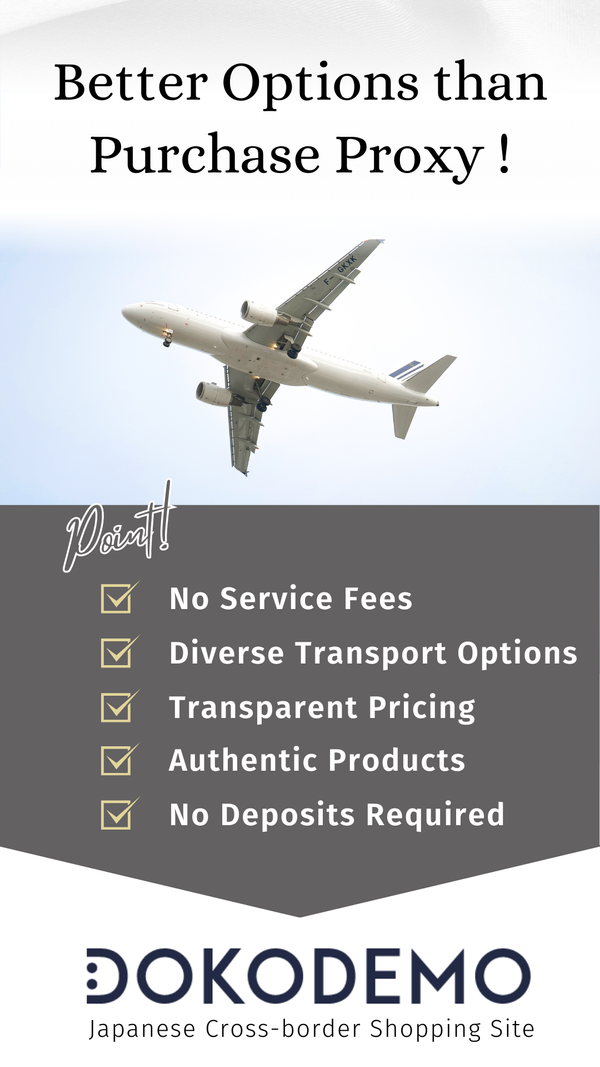
![Taisho Pabron Gold A Granules Type (44 Sachets) [Des. 2nd-Class OTC Drug]](https://image.dokodemo.world/catalog-skus/233671/8e418a9b24336d5404990cc843b2cf33.jpg?d=300x0)
![[Set of 2] [3rd-Class OTC Drug] Alinamin EX Plus 270 tablets](https://image.dokodemo.world/catalog-skus/9038583/d8615563da9fdd12d59f0575cceb068d.png?d=300x0)
![[Designated second -class drugs] Eve Quick headache medicine DX 60 tablets](https://image.dokodemo.world/catalog-skus/9029946/8bdc419ee15017849b78a27c8f0595ea.jpeg?d=300x0)
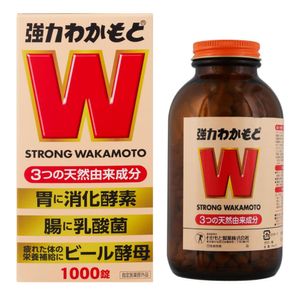
![Pair Acne Cream W [2nd-Class OTC Drug]](https://image.dokodemo.world/catalog-skus/40265/9e555b834cba3f60ba4bc2db1b6e9baf.png?d=300x0)
![[Set of 3] DHC sustained release vitamin C 60-day supply (240 tablets)](https://image.dokodemo.world/catalog-skus/9030250/2a12b670af10d5cb336d103ccc186e59.jpg?d=300x0)
![[Set of 3] DHC Sustained Release Vitamin B Mix 60 Day Supply (120 Tablets)](https://image.dokodemo.world/catalog-skus/9030248/88a05fe7cb4496f4b67fe1c359a45815.jpg?d=300x0)
